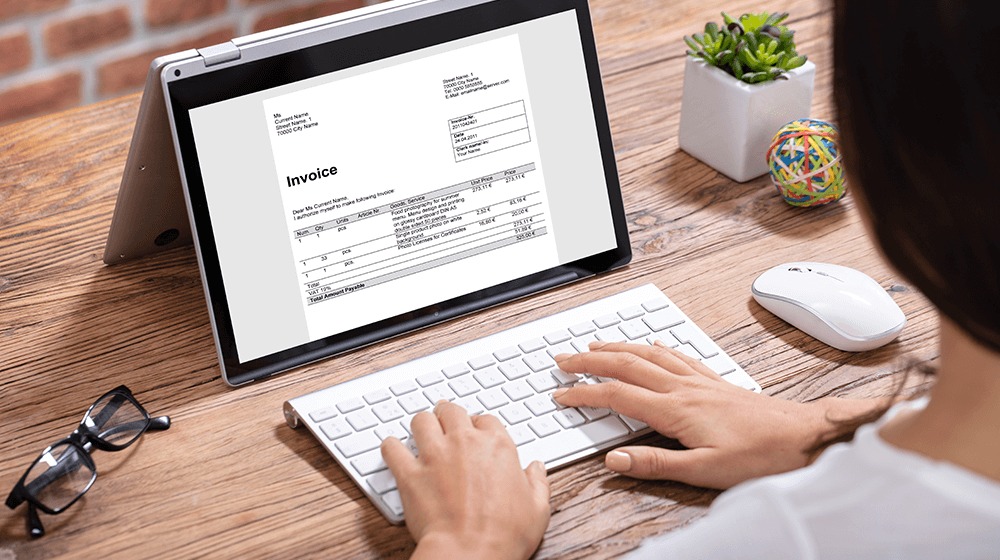Keeping track of capital assets can quickly become overwhelming without the right tools in place. Whether it’s vehicles, machinery, IT equipment, or office furniture, these long-term assets represent major investments—and mismanaging them can lead to financial loss, compliance issues, and operational inefficiencies.

Capital asset tracking software offers a smart, automated way to monitor these assets throughout their lifecycle. By using barcodes, RFID tags, GPS, or QR codes, organizations can pinpoint the exact location of each asset, know who is using it, and keep records of its condition and history.
One of the core benefits of this software is accurate depreciation tracking. It helps finance teams stay compliant with accounting standards and make informed decisions about asset replacement or disposal. Automated calculations eliminate guesswork and reduce the risk of errors in financial reporting.
Maintenance scheduling is another essential feature. Regular servicing extends asset life and prevents costly breakdowns. The software can automatically alert teams when service is due, track past repairs, and even forecast future maintenance needs.
Additionally, capital asset tracking improves inventory management and reduces the chances of lost, stolen, or underutilized equipment. It ensures every asset is accounted for and operating where it's most needed.
When choosing a system, consider ease of use, mobile access, integration with your existing tools, and the ability to scale as your organization grows.
In summary, capital asset tracking software isn’t just about organization—it’s about unlocking the full value of your investments. With the right solution in place, businesses can improve efficiency, maintain compliance, and make smarter, more strategic decisions.






